A vast ancient structure discovered by archaeologists in the Mexican state of Tabasco may reveal the early Maya civilization's understanding of how the world worked.
According to research published in the journal Science Advances (USA), new findings indicate that the 3,000-year-old site, called Aguada Fénix, is a cosmogram: a geometric map depicting the universe.
In 2020, after discovering a giant cross-shaped pit hidden under the jungle, archaeologists realized that this was just one of many cross-shaped pits interspersed and connected by canals.
The total volume of these cross-shaped pits is more than 3.8 million cubic meters - equivalent to one and a half times the Great Pyramid of Giza, or more than 1,500 Olympic swimming pools.
Researchers from the University of Arizona used laser technology to detect the Aguada Fénix site from the air.
Archaeologists said that the colored pigments found in the pits corresponded to the four cardinal directions: North, South, East, and West. Specifically, blue azurite marked North, yellow ochre marked South, green malachite marked East, and pearl-colored seashell marked West.
“The crosses and color-coded symbols in the architecture embody concepts of how the Earth's plane is organized, governed by the cardinal directions,” says Dr. James A. Doyle, an expert on the Maya civilization.
According to the researcher, the dam and canals emphasize the importance of water both practically and symbolically, and this is also reflected in the blue/green pigments, seashells, and green stone offerings.
Importantly, the new research suggests that the structure was built by a non-hierarchical community. That's because there's no evidence of residences, palaces, or a central ruling class associated with later Maya structures.
Given the scale of the buildings, considered some of the largest ever built in the area, archaeologists estimate it would have taken at least 1,000 people digging through bedrock for years to construct this cosmological map.
Archaeologists believe that these people were not forced by the elite, but were part of an egalitarian culture that wanted space for many people to engage in astronomical observations and share their knowledge of the calendar. Such a large space could also have been used for trade, socializing, and sacred rituals.
Besides the colors, archaeologists have also found many jade sculptures that reflect natural experiences, mainly animal carvings.
Dr. Doyle believes that with continued excavations and expanded understanding of the people who built the Aguada Fénix site, the picture of the difference in accumulation of goods or influence in Maya society will become clearer./.
Source: https://www.vietnamplus.vn/phat-hien-ban-do-vu-tru-3000-nam-tuoi-tai-di-chi-maya-co-dai-post1078567.vnp







































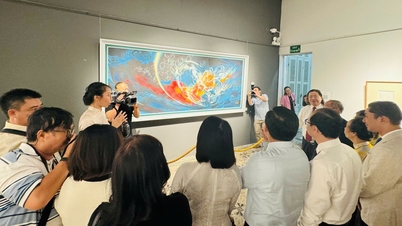

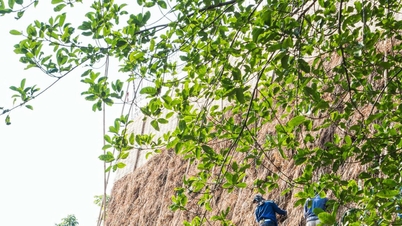




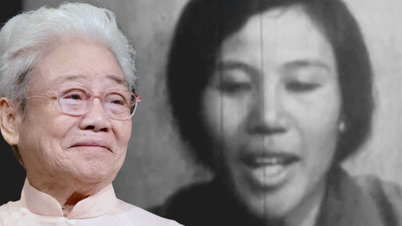


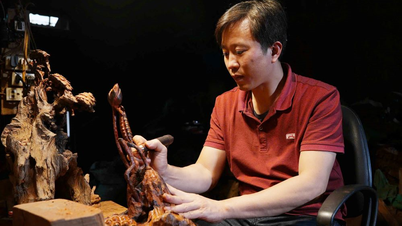

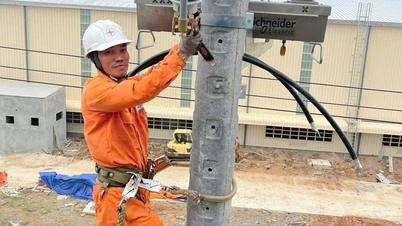




















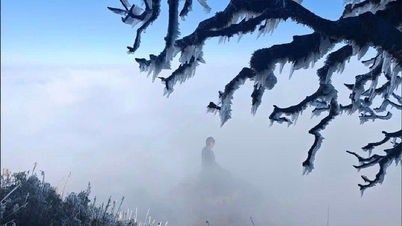


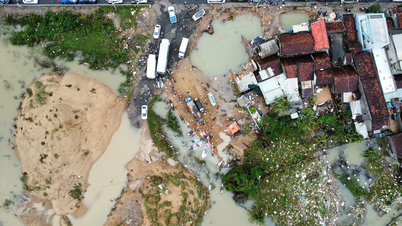



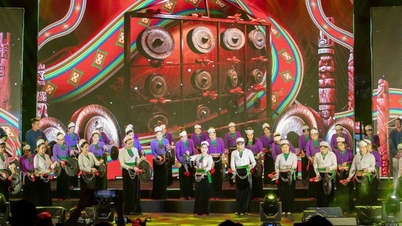





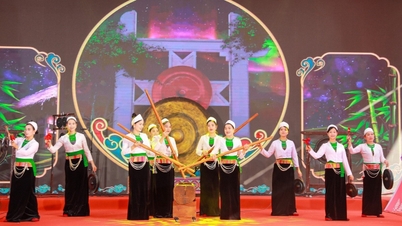





















Comment (0)